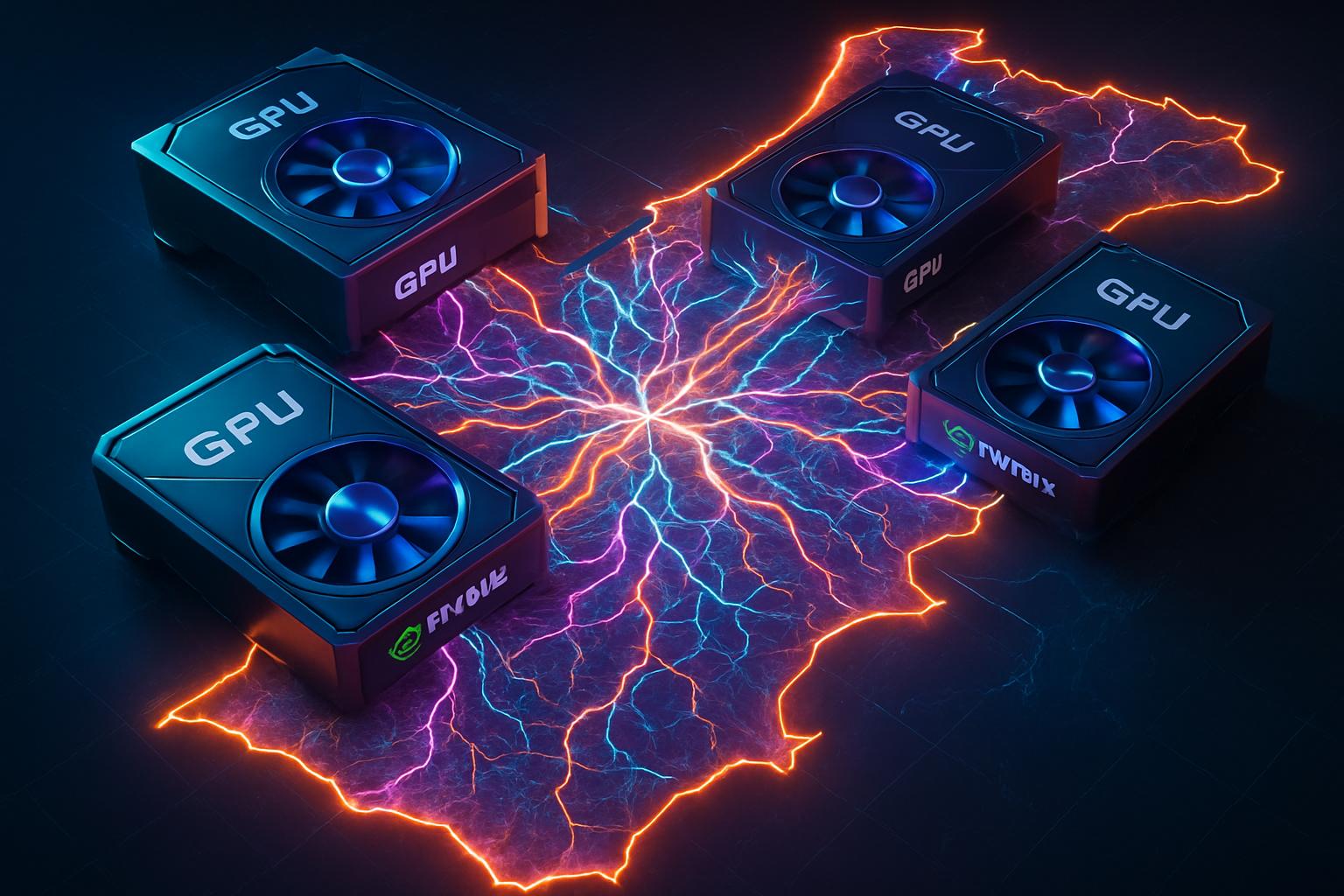
AI CERTS
6 hours ago
Microsoft’s $10B AI infrastructure bet in Portugal
Microsoft Investment Overview Details
Brad Smith, Microsoft Vice Chair, revealed the headline figure during his keynote. He said the spend would fund critical AI infrastructure for the next decade. The company will allocate roughly $10 billion to expand capacity at Sines.

Furthermore, the commitment supplements Microsoft’s ongoing European cloud investment program, which already covers Germany, Spain, and the Nordics. According to corporate filings, the Sines allocation will be phased across several fiscal years. Reported figures align with project budgets and partner equipment schedules.
The headline number sets Portugal apart within current European bidding wars. However, financial phasing remains subject to board approvals, setting the stage for deeper analysis ahead.
Strategic Role For Portugal
Portugal has courted hyperscalers for years through tax incentives and renewable energy guarantees. Consequently, Microsoft’s decision validates national policy ambitions. Government officials claim the project will create thousands of direct and indirect jobs. Moreover, academics expect tighter collaboration between universities and the new facility. Such engagement could accelerate domestic AI research and startup formation.
Meanwhile, regional planners view the AI infrastructure as a magnet for complementary cloud investment. Therefore, policymakers are positioning the site within EU strategic frameworks. Portugal’s proactive stance invites comparative analysis with German and Spanish programmes.
In sum, Microsoft’s move grants Portugal higher strategic visibility. However, sustained benefits demand consistent policy follow-through, which the next section explores.
Technical Infrastructure Key Specifications
Start Campus markets Sines as a 1.2 GW data center campus with seawater cooling and renewable power sourcing. The first building, SIN01, already delivers 26 MW capacity. Additionally, Microsoft will deploy an estimated 12,600 NVIDIA GPUs beginning in Q1 2026. Nscale will integrate those accelerators into clustered fabrics tuned for large-language-model workloads. Consequently, the AI infrastructure will support petascale training runs and rapid inference services.
- Planned investment: $10 billion over multiple phases
- GPU count: 12,600 NVIDIA GPUs for initial clusters
- Total campus power: 1.2 GW across six data center halls
- Design PUE: approximately 1.1 with seawater cooling
- Projected AI infrastructure throughput: multi-exaflop training capacity
Moreover, Start Campus forecasts full buildout by 2030, subject to grid upgrades. Therefore, Microsoft gains a scalable data center platform without owning every physical asset.
The technical blueprint reveals strong alignment between hardware, power, and sustainability goals. Subsequently, environmental considerations become pivotal, as the next section discusses.
Environmental Sustainability Core Commitments
Start Campus promotes seawater cooling to reach a design PUE close to 1.1. Furthermore, the operator claims renewable power contracts will cover 100 percent of campus demand. Nscale will reuse waste heat for nearby greenhouse projects, according to planning filings. Consequently, Microsoft can market the resulting AI infrastructure as low-carbon.
Nevertheless, watchdog groups cite earlier habitat disruption around temporary ponds near the construction zone. In contrast, Start Campus states that environmental permits were secured and mitigation is ongoing. Regulators will audit compliance annually, ensuring public accountability.
Sustainability remains both a selling point and a liability. Therefore, economic advantages depend on credible ecological stewardship, which the next section quantifies.
Economic And Policy Impacts
Analysts estimate that construction will drive €8.5 billion in private orders beyond Microsoft’s own outlay. Additionally, cloud investment incentives could lower energy tariffs for early workloads. Portuguese development banks are discussing co-financing grid upgrades and fiber extensions. Meanwhile, EU digital funds may support research centers co-located with the campus.
Consequently, policymakers argue that the AI infrastructure multiplies the return on public capital. Tax authorities expect expanded exports of high-value cloud services. Portugal could raise its share of the European hosting market from two percent to five percent.
Economic projections appear attractive under current energy prices. However, unforeseen cost overruns may alter the calculus, as the next section outlines.
Risks And Open Questions
Large GPU clusters require secure power allocations and resilient transmission lines. REN has yet to publish the final schedule for the 1.2 GW feed. Furthermore, any delay would stall planned NVIDIA GPUs shipments, raising cost risks. Data sovereignty also looms because Microsoft will operate cross-border clusters.
In contrast, the company pledges strict compliance with the forthcoming EU AI Act. Moreover, watchdogs want transparent water-usage metrics for every data center building. Consequently, independent audits will shape investor sentiment. The AI infrastructure, therefore, faces regulatory as well as engineering uncertainties.
These risks underscore the importance of phased governance. Subsequently, workforce readiness becomes the priority, as the final section explains.
Talent Development Opportunities Ahead
A project of this scale demands a deep bench of architects, operators, and compliance leads. Universities in Lisbon and Porto are already revising curricula to match data center career paths. Moreover, Microsoft will sponsor fellowship programs focused on optimizing NVIDIA GPUs clusters for generative models.
Professionals can sharpen leadership skills through the AI Architect™ certification. Consequently, the initiative aligns workforce upskilling with expanding AI infrastructure demand. Additionally, government grants will underwrite cloud investment internships for recent graduates. Portugal expects to retain more skilled talent rather than exporting expertise to other hubs.
Skilled people will ultimately anchor operational excellence at Sines. Therefore, concluding thoughts must connect these strands for decision-makers.
Conclusion And Next Steps
Microsoft’s $10 billion pledge, combined with Start Campus engineering and Nscale hardware, redefines Europe’s competitive tech map. Furthermore, Portugal gains a flagship data center that foregrounds sustainability and scale. Nevertheless, timely grid upgrades, transparent permitting, and skilled workforce pipelines remain decisive factors. Consequently, stakeholders must align financing, policy, and talent to convert blueprints into operational advantage. The resulting AI infrastructure will influence cloud investment strategies across the continent. Meanwhile, professionals can future-proof careers by pursuing advanced certifications and by following project milestones. In contrast, ignoring emerging standards could erode market positions. Act now—review the AI Architect™ credential and monitor Sines developments for strategic insights.



